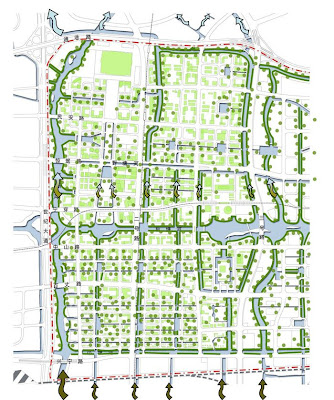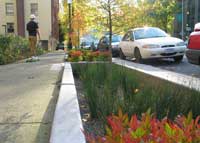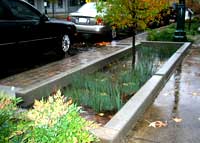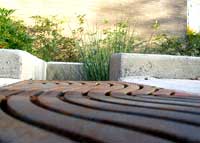Energy Efficiency
Energy efficiency has been a major focus for Rocky Mountain Institute since its inception, and most of its present activities grew out of a strategy of targeting sectors with the biggest energy-saving opportunities.
RMI's early energy work was aimed mainly at electric utilities and oil companies, advocating the advantages of reducing demand through efficiency rather than simply increasing supply. In recent years we've shown many other types of companies and organizations how they can boost profits by using energy more productively.
panel discussion on Negawatt energy:
http://www.rmi.org/sitepages/pid323.php
Negawatt Energy Policy April 1996 special issue on the future of DSM
http://www.rmi.org/images/other/Energy/U96-11_Negawatts12-8-1.pdf
http://www.rmi.org/sitepages/pid258.php

 Jean-Michel Cousteau, explorer, educator, environmentalist and film producer, joined business executives yesterday, in New York, in launching the first water purification unit that converts polluted water into drinkable water.
Jean-Michel Cousteau, explorer, educator, environmentalist and film producer, joined business executives yesterday, in New York, in launching the first water purification unit that converts polluted water into drinkable water.








































